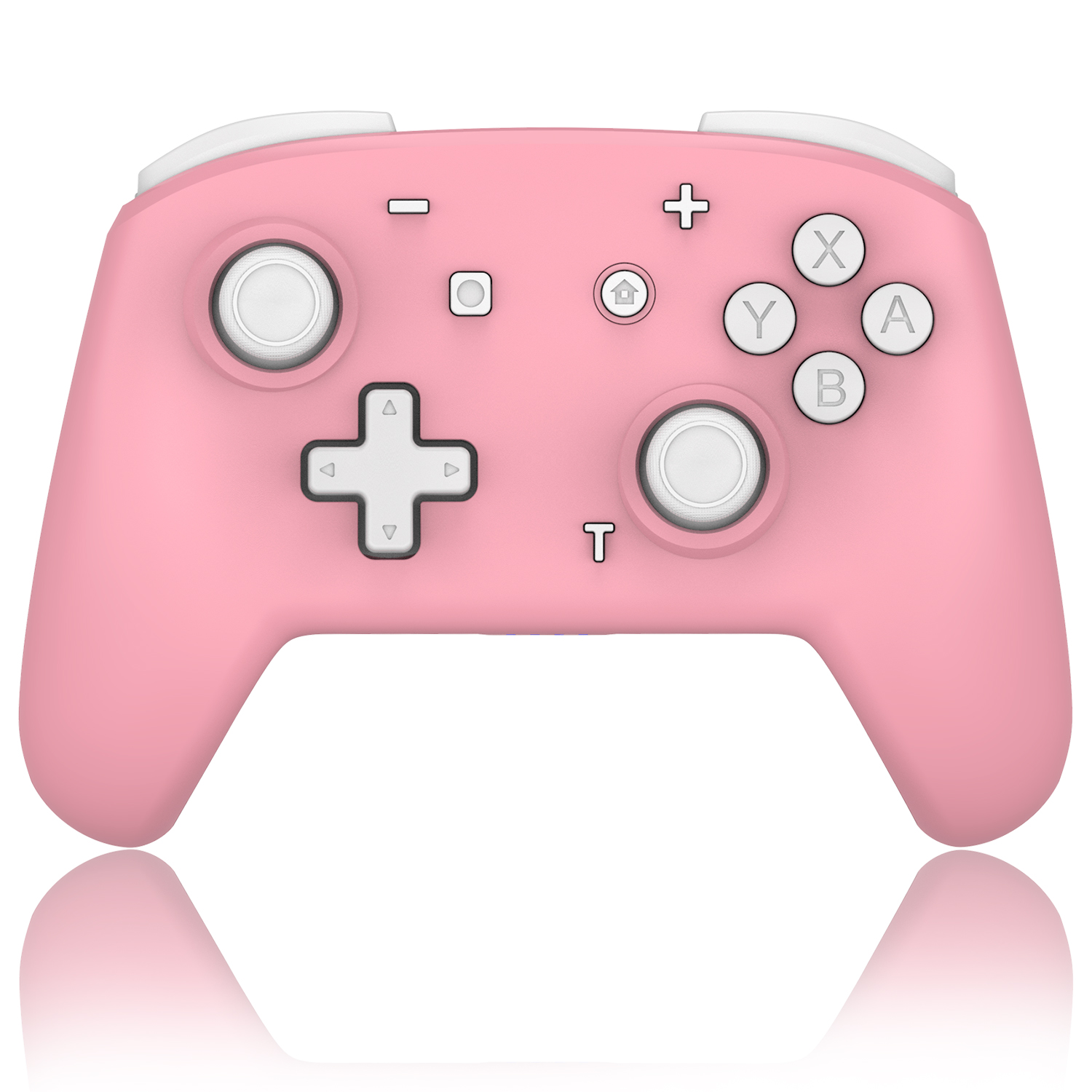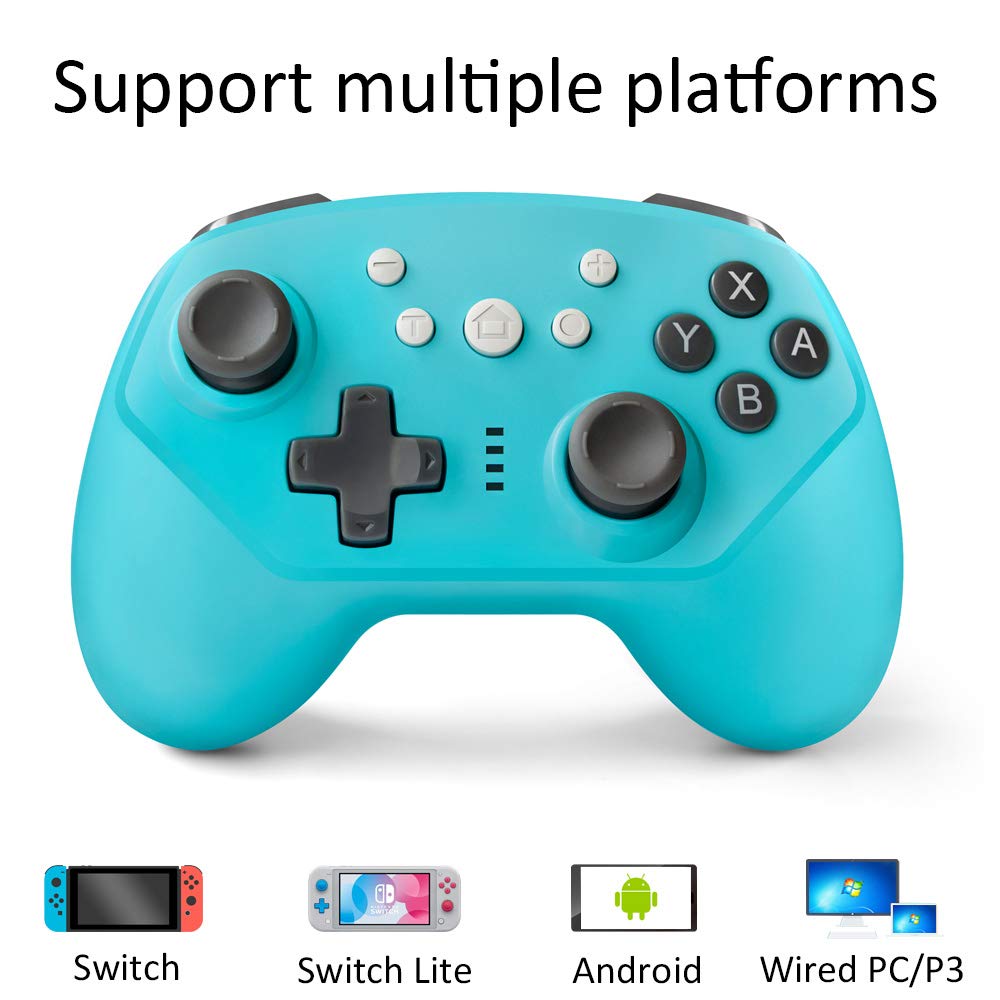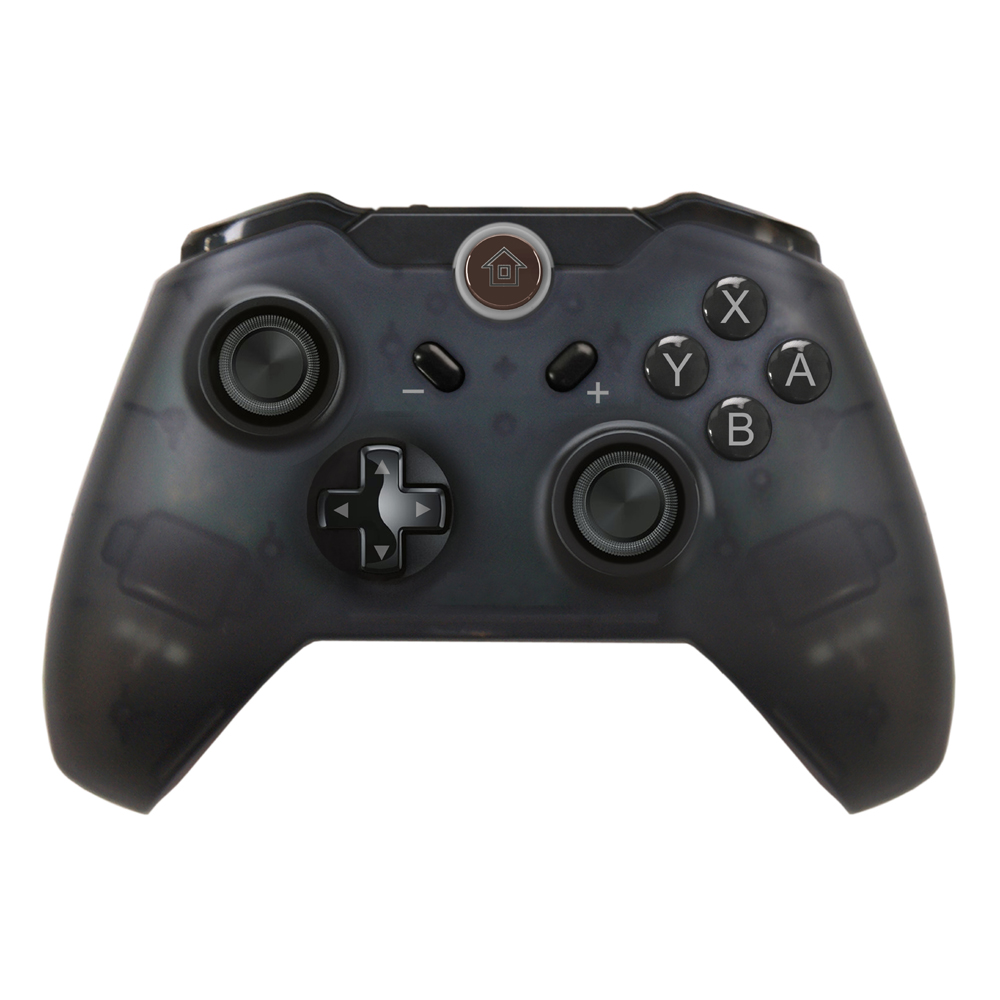Micro-electro-mechanical systems (MEMS) are highly integrated in silicon-based or non-silicon-based materials with micro-electromechanical devices (such as micro-fabricators, micro-drivers, etc.) and control circuits that are only micrometers, sub-micrometers or even nanometers in geometric size or operation size. In a very small space, a mechatronic device or system is formed.
Technical Advantages MEMS devices have small size, light weight, low power consumption, low inertia, and short response time. They can integrate multiple micro-mechanisms with different functions, different sensing directions, or actuation directions, and can be used together. The electroforming method performs bulk copying and mass production.
After optical fiber communication achieved high-speed, high-capacity point-to-point transmission, it has entered the era of fiber optic networks at the end of the last century. MEMS has a wide range of applications in the field of optical fiber communication. Almost all the components in the optical network can use MEMS to make devices, and this has created a new term: MOEMS, which is a machine, electricity, Optical, magnetic, chemical, automatic control, sensing technology and information processing and other comprehensive technologies.
Looking at the development of optical fiber communication devices, we can see that the device's development trend is: block accumulation type? Fiber type? MOEMS type? Integrated type. The first two have become industrialized and are moving toward miniaturization. In the current situation where integrated devices are not yet mature, commercial products have appeared in MEMS (or MOEMS) type optical devices.
MEMS technology can be used to fabricate many devices in optical fiber communication networks, such as optical add/drop multiplexers (OADMs), optical cross-connect switch matrices (OXC-ASs), optical modulators, optical filters, and wavelength division multiplexing solutions. Multiplexers, tunable microcavity surface emitting semiconductor lasers (VCSELs), variable optical attenuators, gain equalizers, and microminiaturized optical devices for optical path distribution and coupling microlens arrays.
An important application of MEMS technology in fiber optic communication networks is the use of micromotion micromirrors to fabricate optical switch matrices. The micromotion micromirrors can use the up and down folding mode, the left and right moving mode or the rotation mode to realize the on and off functions of the switch. The optical switch made by MEMS technology integrates mechanical structures, micro-actuators and micro-optical components on the same substrate, and has a compact structure, light weight, and easy expansion.
It has better performance than mechanical optical switches and waveguide optical switches, such as: low insertion loss, small crosstalk, high extinction ratio, good repeatability, moderate response speed, independent of wavelength, polarization, rate and modulation mode, and lifetime Long, high reliability, and can be extended to large-scale optical cross-connect switch matrix.
MEMS optical switches have 2D (two-dimensional) digital and 3D (three-dimensional) analog two structures. In a 2D configuration, all micromirrors and input and output fibers are on the same plane, the micromirrors are upright and fall down by electrostatic actuators, or the way the micromirrors are placed in the optical path and the ejected light path in a “weeping†manner To achieve "on" and "off" functions, so the 2D structure is also known as digital.
An N′N 2D optical switch requires N2 micromirrors. The advantage of the 2D structure is that the control is simple. The disadvantage is that due to the limitations of the optical path and the micromirror area, the number of exchange ports cannot be made large. In the 3D structure, all the micromirrors are on two planes facing each other, and the optical path switching is achieved by changing the different positions of each micromirror.
An N′N 3D optical switch requires only 2N micromirrors, but each micromirror needs at least N precisely controllable movable positions, so the 3D structure is also called an analog type. Contrary to the 2D structure, the advantage of the 3D structure is that the number of exchange ports can be made large, and the exchange capacity of thousands of ports can be realized. The disadvantage is that the control mechanism and the drive structure are quite complicated, and the cost of the control part is high.
The advantages of MEMS optical switches are reflected in several aspects such as performance, functionality, scale, reliability, and cost. In key performance metrics such as insertion loss, wavelength flatness, PDL (polarization dependent loss) and crosstalk, MEMS technology can achieve performance comparable to the highest performance that other technologies can achieve. For example, the insertion loss of a 2×2 optical switch module based on MEMS technology can reach 0.4 dB, the PDL is less than 0.1 dB, and the crosstalk is less than −70 dB.
In terms of functions, the micromirror has a reliable locking function and can ensure the accuracy of optical path switching. In terms of scale, MEMS optical switches using 2D structures have commercial products of 64′64, and MEMS optical switches using 3D structures also have thousands of ports of samples, making it possible to construct medium-sized and large-scale fiber network nodes.
In terms of reliability, the excellent mechanical properties of monocrystalline silicon can make the fabricated device resistant to fatigue. Since there is no dislocation in monocrystalline silicon, it is inherently free from fatigue and is a perfect elastic material. MEMS optical switches have a life expectancy of more than 38 million times and meet Telcordia GR-1073-Core standards for reliability indicators such as temperature cycling, shock, vibration, and long-term high-temperature storage.
In terms of cost, MEMS optical switches offer many possibilities for reducing system costs. The functionality of MEMS chips makes it possible to provide lower-cost network settings and architectures as well as protection at the optical fiber layer. The small size and low power consumption of the MEMS allows the system to be reduced in size, saving the space occupied by repeaters and end nodes.
The single batch of MEMS devices has high yield, good economy, and good repeatability between devices and devices. Actuators and optical devices are integrated on a single chip and can be repeated multiple times on a single silicon wafer to provide lower-cost optical devices. These cost savings will reduce device prices and ultimately reduce equipment and operating costs.
Development Overview MEMS processing technology is mainly divided into three categories: LIGA technology with X-ray depth lithography on non-silicon-based materials; precision mechanical scribe technology on silicon-based or non-silicon-based materials; developed on the basis of semiconductor integrated circuit technology Silicon MEMS processing technology.
Silicon MEMS processing technology first appeared in the 1960s, and the main technology adopted was the monocrystalline silicon anisotropic etching technology (body silicon micro-machinery). Its representative product was a silicon pressure sensor.
In the 1980s, the United States took the lead in the development of a surface sacrificial layer technology (surface micro-machinery) using polysilicon as a structural layer and silicon dioxide as a sacrificial layer, and developed a micro-silicon electrostatic motor to make MEMS technology a qualitative leap forward.
The surface micromachining technology is most similar to the semiconductor integrated circuit technology. Its main feature is the use of photolithography, etching and other integrated circuits to fabricate the micromechanical structure on the basis of thin film deposition, and ultimately utilizes selective etching technology to release the structural unit. Get a microscopic structure.
In the 1990s, with the successful application of deep groove etching technology, bonding technology and other key technologies, bulk silicon micro-machinery has developed rapidly, and a variety of bulk silicon processes and surface micro-mechanical processes have been developed. New Technology. In particular, an advanced silicon etching process (ASE) using inductively-coupled plasma (ICP) and sidewall passivation (SPP) has been developed, which enables a large depth-to-width ratio of three-dimensional micromachining of silicon materials with a thickness of up to 30%. With a few hundred microns, the verticality of the sidewalls can approach ninety degrees.
This makes MEMS technology not only rapidly develops in the field of sensors, but also has unprecedented development in the application of optical fiber communications, microchemical analysis systems, DNA analysis and micro-robots.
Although OMM, the company that first commercialized MEMS optical switches, was temporarily shut down in March of this year (2003) due to the hope of finally obtaining funding, last year (2002) Onix closed, IMMI turned, and 3D-MEMS technology was used to develop 1152′1152. The Xros of the optical switch (2001) was acquired by Nortel.
There are still a lot of organizations (including Dicon, Luncent, Jdsu, Nortel, etc.) in the application development of MEMS optical switches. At present, there are about 60 MEMS manufacturing plants in the world, hundreds of emerging companies in the MEMS field, and more universities and research institutions. The world's leading Coventor company's MEMS computer-aided design (CAD) software tools currently have more than 300 users worldwide.
In addition to MEMS optical switches, according to incomplete statistics, currently there are MEMS technology equipment and can provide related optical devices: JDSU, Santec, Memscap, Intpax, Umachines, Baynet, Avanex, Agere, InLight, Bandwidth9, Fujitsu, Go4fiber, lucent, networkelements, nortel, Olympus, NetworkPhotonics, Siemens, Teraoptix, Finisar, MCI, chromux, AXSUN, MegaSense, Sercalo, Molecular, Bookham, LIGHTech, Dicon, Lightconnect, Cypress, and Novera.
Fujitsu recently announced that it will develop an 80-channel optical switch using MEMS technology. Its switching speed will be 1 microsecond, which is the highest switching speed of multi-channel optical switches.
In addition, Olympus of Japan has also begun a new integration plan for the MEMS R&D department. Its plans include not only optical MEMS chips such as variable optical attenuators, optical MEMS switches, but also design, manufacture, and packaging for optical networks, biology, and pharmaceuticals. And MEMS products for industrial use.
At present, dozens of companies worldwide have used MEMS technology as the basic development technology for optical devices. Existing products include optical switches, variable optical attenuators, tunable filters, tunable lasers, cavity detectors, and gains. Equalizers, modulators, optical choppers, etc.
According to market research firm CIR, the market for optical MEMS will increase from 560 million U.S. dollars in 2003 to 1.7 billion U.S. dollars in 2007. Among them, MEMS-based small optical switches will replace traditional mechanical optical switches and rely on optical MEMS. The actual market for equipment will reach billions of dollars.
Market Outlook After the global fiber optic communications market experienced a three-year hibernation period, Lucent's market share has improved and the market value has risen. This has rekindled people's hopes for the future.
Although MEMS optical device manufacturers have changed in recent years, and the tide is ebb and flow, the application of MEMS technology is not merely optical communication, and it still maintains a strong vitality. With the inherent characteristics and inherent advantages marked by diversification of research directions, diversification of processing processes, monolithic integration of systems, unification of manufacturing and packaging, and comprehensive application fields, it is bound to be in communication, navigation, sensing, medical, and transportation. The military and civilian fields such as aerospace have been widely promoted and applied.
Technical Advantages MEMS devices have small size, light weight, low power consumption, low inertia, and short response time. They can integrate multiple micro-mechanisms with different functions, different sensing directions, or actuation directions, and can be used together. The electroforming method performs bulk copying and mass production.
After optical fiber communication achieved high-speed, high-capacity point-to-point transmission, it has entered the era of fiber optic networks at the end of the last century. MEMS has a wide range of applications in the field of optical fiber communication. Almost all the components in the optical network can use MEMS to make devices, and this has created a new term: MOEMS, which is a machine, electricity, Optical, magnetic, chemical, automatic control, sensing technology and information processing and other comprehensive technologies.
Looking at the development of optical fiber communication devices, we can see that the device's development trend is: block accumulation type? Fiber type? MOEMS type? Integrated type. The first two have become industrialized and are moving toward miniaturization. In the current situation where integrated devices are not yet mature, commercial products have appeared in MEMS (or MOEMS) type optical devices.
MEMS technology can be used to fabricate many devices in optical fiber communication networks, such as optical add/drop multiplexers (OADMs), optical cross-connect switch matrices (OXC-ASs), optical modulators, optical filters, and wavelength division multiplexing solutions. Multiplexers, tunable microcavity surface emitting semiconductor lasers (VCSELs), variable optical attenuators, gain equalizers, and microminiaturized optical devices for optical path distribution and coupling microlens arrays.
An important application of MEMS technology in fiber optic communication networks is the use of micromotion micromirrors to fabricate optical switch matrices. The micromotion micromirrors can use the up and down folding mode, the left and right moving mode or the rotation mode to realize the on and off functions of the switch. The optical switch made by MEMS technology integrates mechanical structures, micro-actuators and micro-optical components on the same substrate, and has a compact structure, light weight, and easy expansion.
It has better performance than mechanical optical switches and waveguide optical switches, such as: low insertion loss, small crosstalk, high extinction ratio, good repeatability, moderate response speed, independent of wavelength, polarization, rate and modulation mode, and lifetime Long, high reliability, and can be extended to large-scale optical cross-connect switch matrix.
MEMS optical switches have 2D (two-dimensional) digital and 3D (three-dimensional) analog two structures. In a 2D configuration, all micromirrors and input and output fibers are on the same plane, the micromirrors are upright and fall down by electrostatic actuators, or the way the micromirrors are placed in the optical path and the ejected light path in a “weeping†manner To achieve "on" and "off" functions, so the 2D structure is also known as digital.
An N′N 2D optical switch requires N2 micromirrors. The advantage of the 2D structure is that the control is simple. The disadvantage is that due to the limitations of the optical path and the micromirror area, the number of exchange ports cannot be made large. In the 3D structure, all the micromirrors are on two planes facing each other, and the optical path switching is achieved by changing the different positions of each micromirror.
An N′N 3D optical switch requires only 2N micromirrors, but each micromirror needs at least N precisely controllable movable positions, so the 3D structure is also called an analog type. Contrary to the 2D structure, the advantage of the 3D structure is that the number of exchange ports can be made large, and the exchange capacity of thousands of ports can be realized. The disadvantage is that the control mechanism and the drive structure are quite complicated, and the cost of the control part is high.
The advantages of MEMS optical switches are reflected in several aspects such as performance, functionality, scale, reliability, and cost. In key performance metrics such as insertion loss, wavelength flatness, PDL (polarization dependent loss) and crosstalk, MEMS technology can achieve performance comparable to the highest performance that other technologies can achieve. For example, the insertion loss of a 2×2 optical switch module based on MEMS technology can reach 0.4 dB, the PDL is less than 0.1 dB, and the crosstalk is less than −70 dB.
In terms of functions, the micromirror has a reliable locking function and can ensure the accuracy of optical path switching. In terms of scale, MEMS optical switches using 2D structures have commercial products of 64′64, and MEMS optical switches using 3D structures also have thousands of ports of samples, making it possible to construct medium-sized and large-scale fiber network nodes.
In terms of reliability, the excellent mechanical properties of monocrystalline silicon can make the fabricated device resistant to fatigue. Since there is no dislocation in monocrystalline silicon, it is inherently free from fatigue and is a perfect elastic material. MEMS optical switches have a life expectancy of more than 38 million times and meet Telcordia GR-1073-Core standards for reliability indicators such as temperature cycling, shock, vibration, and long-term high-temperature storage.
In terms of cost, MEMS optical switches offer many possibilities for reducing system costs. The functionality of MEMS chips makes it possible to provide lower-cost network settings and architectures as well as protection at the optical fiber layer. The small size and low power consumption of the MEMS allows the system to be reduced in size, saving the space occupied by repeaters and end nodes.
The single batch of MEMS devices has high yield, good economy, and good repeatability between devices and devices. Actuators and optical devices are integrated on a single chip and can be repeated multiple times on a single silicon wafer to provide lower-cost optical devices. These cost savings will reduce device prices and ultimately reduce equipment and operating costs.
Development Overview MEMS processing technology is mainly divided into three categories: LIGA technology with X-ray depth lithography on non-silicon-based materials; precision mechanical scribe technology on silicon-based or non-silicon-based materials; developed on the basis of semiconductor integrated circuit technology Silicon MEMS processing technology.
Silicon MEMS processing technology first appeared in the 1960s, and the main technology adopted was the monocrystalline silicon anisotropic etching technology (body silicon micro-machinery). Its representative product was a silicon pressure sensor.
In the 1980s, the United States took the lead in the development of a surface sacrificial layer technology (surface micro-machinery) using polysilicon as a structural layer and silicon dioxide as a sacrificial layer, and developed a micro-silicon electrostatic motor to make MEMS technology a qualitative leap forward.
The surface micromachining technology is most similar to the semiconductor integrated circuit technology. Its main feature is the use of photolithography, etching and other integrated circuits to fabricate the micromechanical structure on the basis of thin film deposition, and ultimately utilizes selective etching technology to release the structural unit. Get a microscopic structure.
In the 1990s, with the successful application of deep groove etching technology, bonding technology and other key technologies, bulk silicon micro-machinery has developed rapidly, and a variety of bulk silicon processes and surface micro-mechanical processes have been developed. New Technology. In particular, an advanced silicon etching process (ASE) using inductively-coupled plasma (ICP) and sidewall passivation (SPP) has been developed, which enables a large depth-to-width ratio of three-dimensional micromachining of silicon materials with a thickness of up to 30%. With a few hundred microns, the verticality of the sidewalls can approach ninety degrees.
This makes MEMS technology not only rapidly develops in the field of sensors, but also has unprecedented development in the application of optical fiber communications, microchemical analysis systems, DNA analysis and micro-robots.
Although OMM, the company that first commercialized MEMS optical switches, was temporarily shut down in March of this year (2003) due to the hope of finally obtaining funding, last year (2002) Onix closed, IMMI turned, and 3D-MEMS technology was used to develop 1152′1152. The Xros of the optical switch (2001) was acquired by Nortel.
There are still a lot of organizations (including Dicon, Luncent, Jdsu, Nortel, etc.) in the application development of MEMS optical switches. At present, there are about 60 MEMS manufacturing plants in the world, hundreds of emerging companies in the MEMS field, and more universities and research institutions. The world's leading Coventor company's MEMS computer-aided design (CAD) software tools currently have more than 300 users worldwide.
In addition to MEMS optical switches, according to incomplete statistics, currently there are MEMS technology equipment and can provide related optical devices: JDSU, Santec, Memscap, Intpax, Umachines, Baynet, Avanex, Agere, InLight, Bandwidth9, Fujitsu, Go4fiber, lucent, networkelements, nortel, Olympus, NetworkPhotonics, Siemens, Teraoptix, Finisar, MCI, chromux, AXSUN, MegaSense, Sercalo, Molecular, Bookham, LIGHTech, Dicon, Lightconnect, Cypress, and Novera.
Fujitsu recently announced that it will develop an 80-channel optical switch using MEMS technology. Its switching speed will be 1 microsecond, which is the highest switching speed of multi-channel optical switches.
In addition, Olympus of Japan has also begun a new integration plan for the MEMS R&D department. Its plans include not only optical MEMS chips such as variable optical attenuators, optical MEMS switches, but also design, manufacture, and packaging for optical networks, biology, and pharmaceuticals. And MEMS products for industrial use.
At present, dozens of companies worldwide have used MEMS technology as the basic development technology for optical devices. Existing products include optical switches, variable optical attenuators, tunable filters, tunable lasers, cavity detectors, and gains. Equalizers, modulators, optical choppers, etc.
According to market research firm CIR, the market for optical MEMS will increase from 560 million U.S. dollars in 2003 to 1.7 billion U.S. dollars in 2007. Among them, MEMS-based small optical switches will replace traditional mechanical optical switches and rely on optical MEMS. The actual market for equipment will reach billions of dollars.
Market Outlook After the global fiber optic communications market experienced a three-year hibernation period, Lucent's market share has improved and the market value has risen. This has rekindled people's hopes for the future.
Although MEMS optical device manufacturers have changed in recent years, and the tide is ebb and flow, the application of MEMS technology is not merely optical communication, and it still maintains a strong vitality. With the inherent characteristics and inherent advantages marked by diversification of research directions, diversification of processing processes, monolithic integration of systems, unification of manufacturing and packaging, and comprehensive application fields, it is bound to be in communication, navigation, sensing, medical, and transportation. The military and civilian fields such as aerospace have been widely promoted and applied.
- our these controllers all are dvanced features: supports gyro axis function and dual motors vibration function. Super sensitive button sensing provides an accurate gaming experience. Dual analog sticks and expansion triggers provide precise movement control.
- Bluetooth connection: Bluetooth V2. 1 quickly and stably connected with switch console within 10M(barrier-free environment)
- Play time: Built-in 500mAh Lithium battery, can last up to 5H after fully charged, charging time is 2-3h with the included charging cable in the package.
- High compatibility: premium Nintendo wireless Pro Controller is perfect for most of switch games.
- Excellent Hand Feeling: The wireless controller is built with ergonomic and lightweight construction, make it comfortable even for long hours of continuous play. The gamepad come with non-slip design, which will never slip off even if your hand sweats during intense gameplay.
- All 100% test one by one before shipping
- Can customized base on your requiments,,many colors to choose
- We are glad to offer you any samples to test and promote your market
-
1.wireless connection: about 8 meters
2.input voltage: DC5.0V
3.lithium battery capacity: 400MAH
4. Lithium battery weight: 10g
5.working voltage: DC 3.6-4.2V
6.working current: 20-40mA
7.vibration consumption current:
-

-



Nintendo Switch Controller,Wireless Joystick For Switch,Wireless Controller Gamepad For Switch,Nintendo Switch Pro Controller Wireless
Shenzhen GEME electronics Co,.Ltd , https://www.gemesz.com